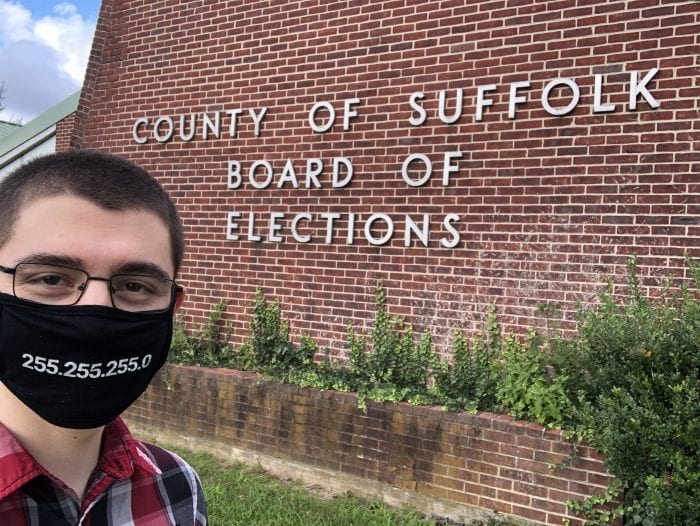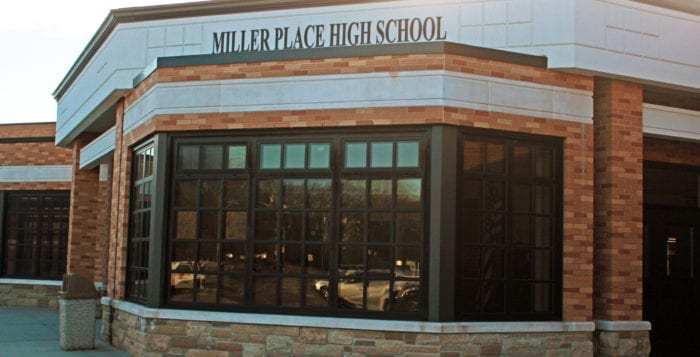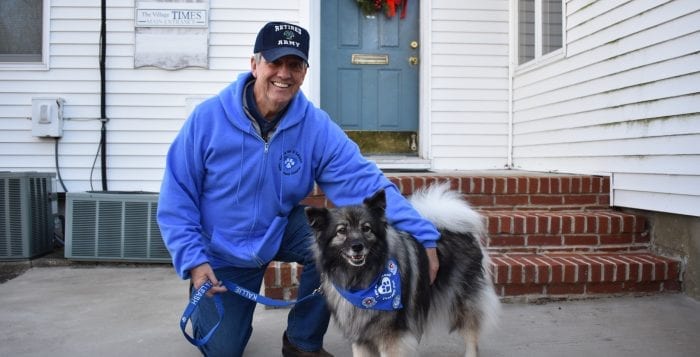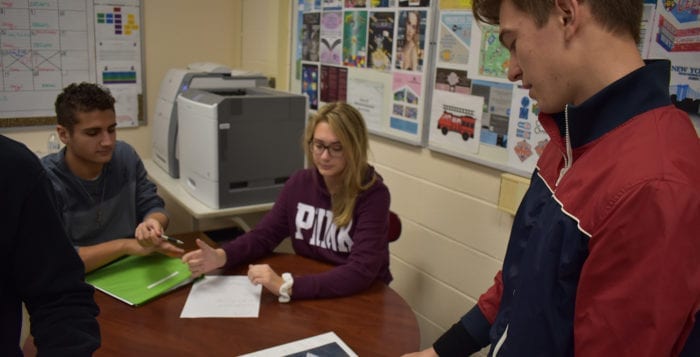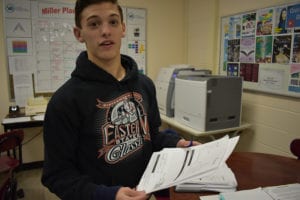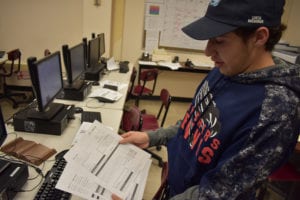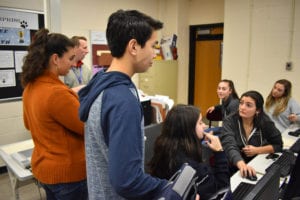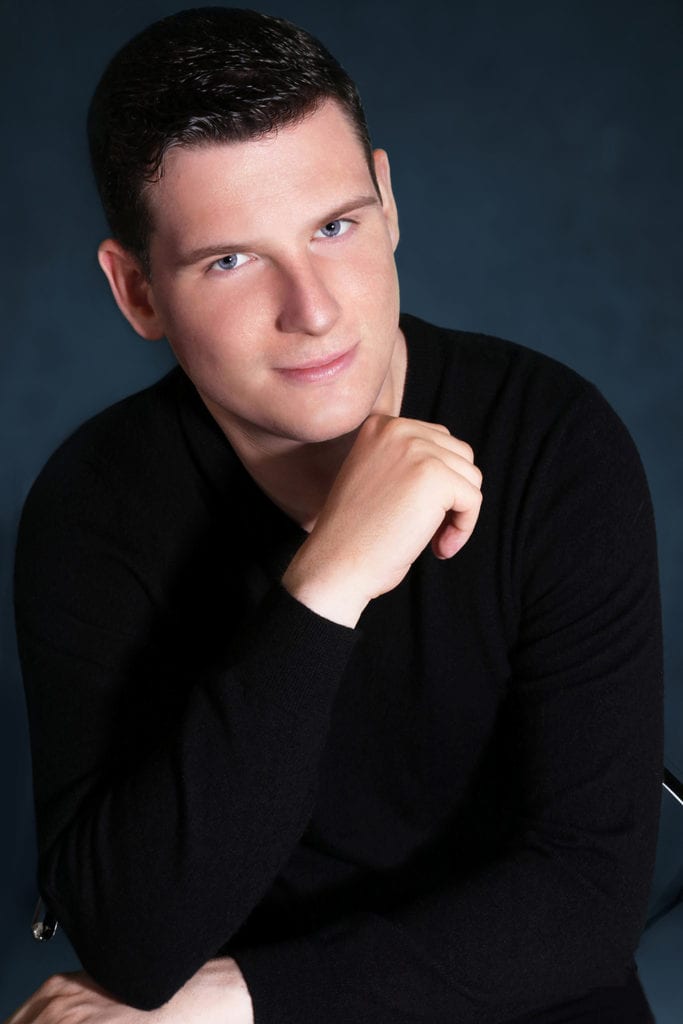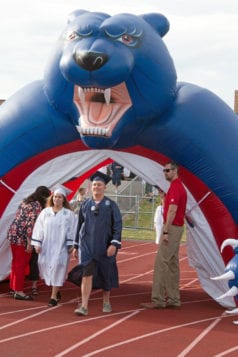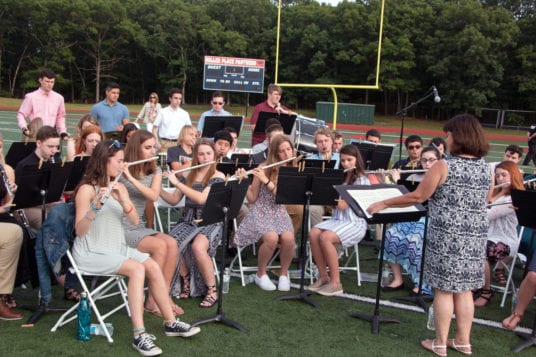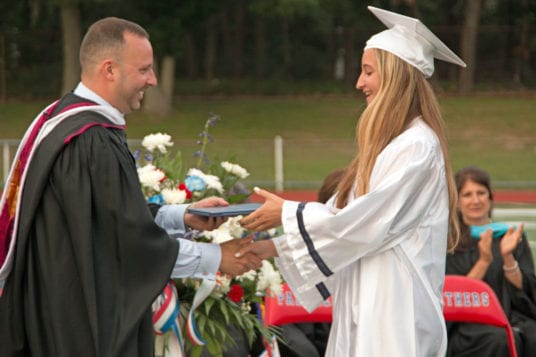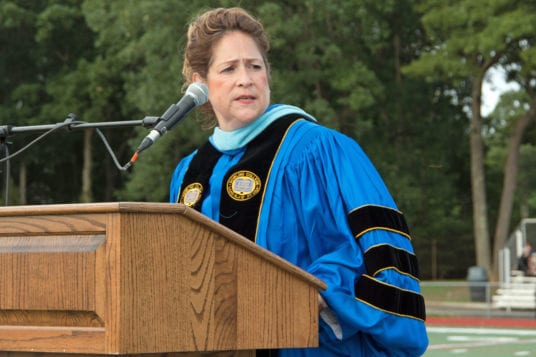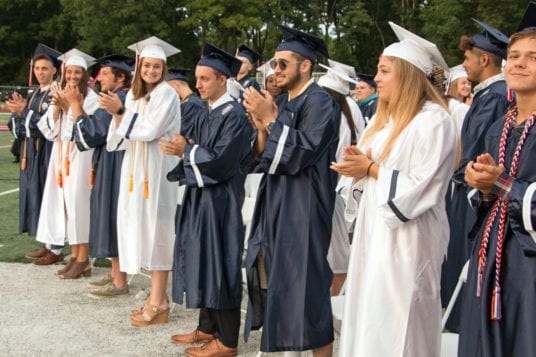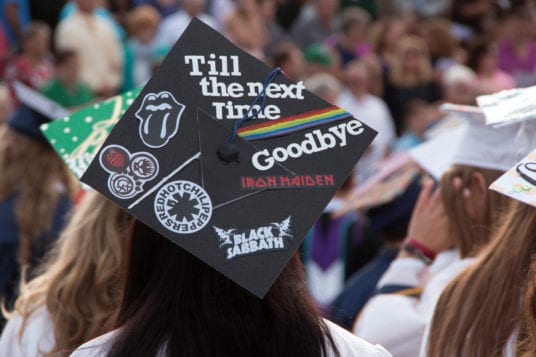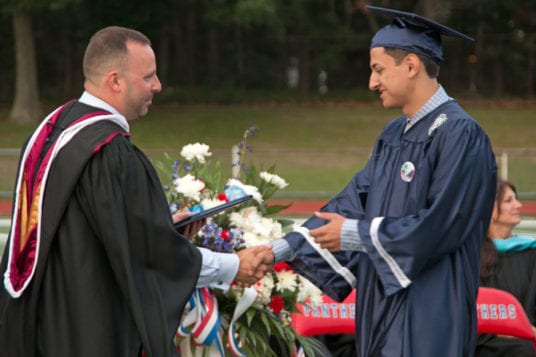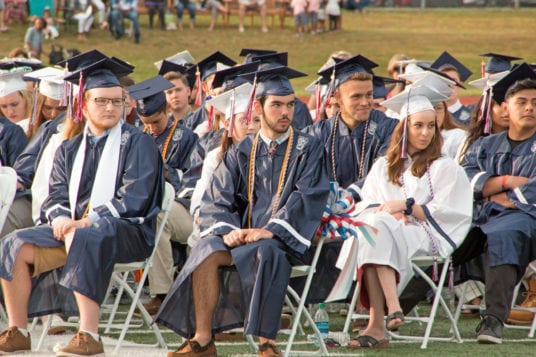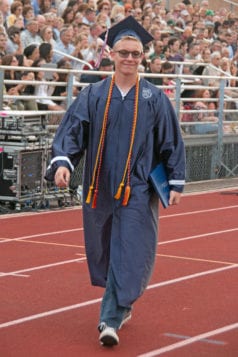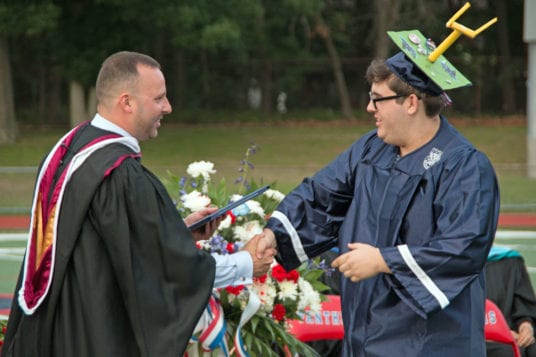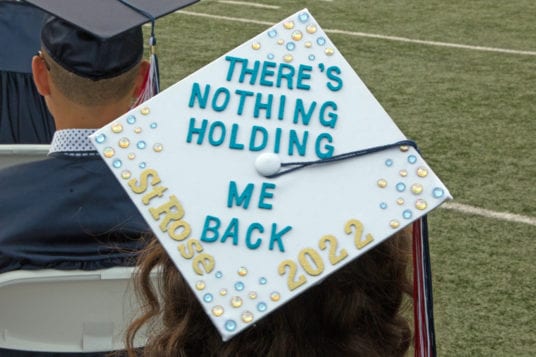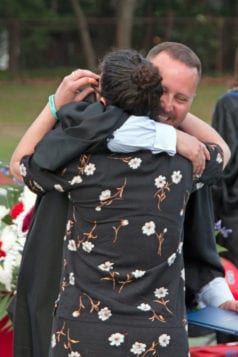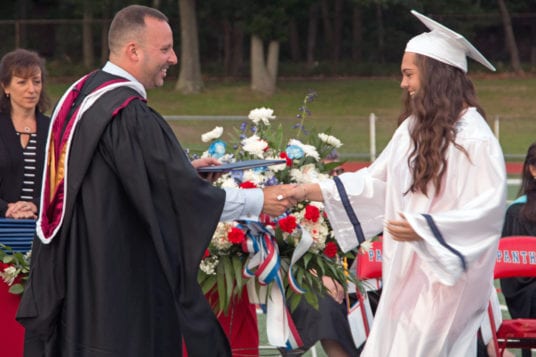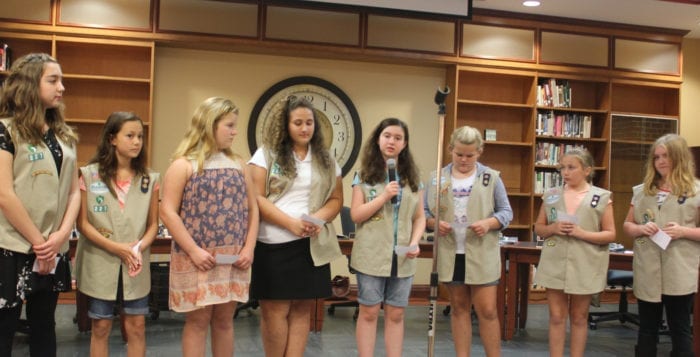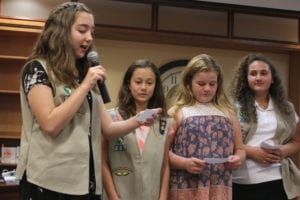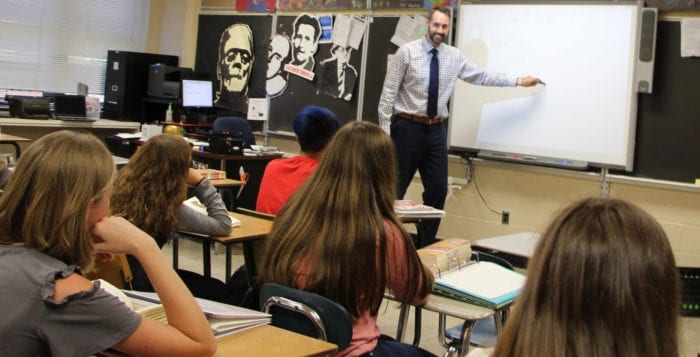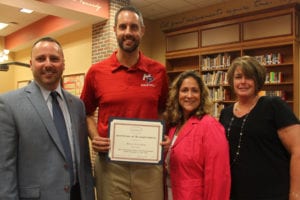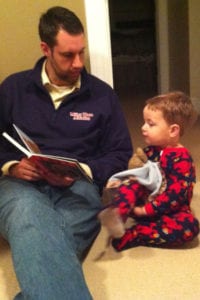When one conjures the image of the average poll worker, it’s probably not the picture of Will Sussman.
Sussman, 21, an electrical engineering and computer science student at Yale University, stood shoulder to shoulder (so to speak, considering the pandemic) with people twice or three times his age at the Miller Place High School Nov. 3. Being at the forefront of the democratic process is a unique first-time experience for any young person, but in the age of COVID-19, it was also a way of protecting many of the usual workers who are particularly susceptible to the virus.
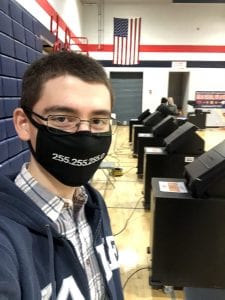
On average, poll workers are more likely to be older and retired, according to an April report from the Pew Research Center. According to a study of the 2018 midterms, most poll workers were aged 61 to 70. Just 4% of that study were people aged 18 to 25. Data is the same for presidential election years as well as midterms. According to an Election Administration and Voting Survey from 2016, 24% of poll workers are aged 71 and older, while another 32% are 61 to 70. EAVS surveys also show a majority of board of elections have a difficult time finding volunteers to man polling locations.
Sussman was one of a handful of young people who decided to volunteer at a Suffolk polling place this election. Knowing just how dangerous the virus was to older people, and being home from college earlier this year because of the pandemic, he said it became apparent there was need for volunteers, especially considering he and his immediate family had tested positive for the virus earlier this year, and after he and his folks recovered, he tested positive for COVID antibodies.
His decision was an important one considering issues election officials faced earlier this year in the primaries. Officials from the Suffolk County Board of Elections told the county Legislature’s Ways & Means Committee meeting in September that 25% of poll workers did not show up for the June primary. When college started up again in the fall, and as Yale was inviting students back, Sussman had to get special permission from his college to return for the day specifically to work the polls.
“I was in the best position to relieve people who are at greater risk for COVID,” Sussman said. “I read a lot about national and international affairs, and I was sort of more aware than the average person that poll workers would be needed.”
Sussman took mandatory poll worker training during the summer, and though he said where he would end up wasn’t determined by where one lives, he still ended up working at the same place he had graduated from only three years earlier.
“It was sort of poetic in a sense,” he said. “The last time I was in that room, the last time I was there I told my graduating class to exercise the right to vote.”
The polling place was busy most of the entire day, having received around 3,500 people coming to vote. There were quieter moments, but the young man said he had a little bit of an easier time handling the new tablets that workers were using to check in voters.
Two other young Miller Place High School students also became involved in helping the public vote. This is despite both being too young to cast ballots themselves.
Miller Place seniors Zoe Bussewitz and Meghan Luby also worked the polls Nov. 3. Bussewitz said they had been participating in a charity run by college students when she learned about students in another state being allowed to volunteer despite not being old enough to vote. Contacting the Suffolk BOE, the pair learned they could do the same.
What followed was a lot of “on the job” training, working 17 hours total, a blur of excitement of explaining how to fill out ballots, collecting signatures and sanitizing polling booths.
“It was really good to get involved,” Bussewitz said. “It was like I was doing my part.”
Though the Miller Place senior doesn’t know if she will have time to volunteer again in two years time, as she’ll likely be in college, she said it will inform her about voting in the many elections still to come.
With the sense of unease nationally surrounding the election, being with so many volunteers, many of whom with different political backgrounds, Bussewitz said it was something that showed how people can come together for the sake of democracy.
“Right now there’s a lot of division, but everybody there were very kind and open minded,” she said. “It was great to see that break from division and really have just a day to do your civic duty.”
Though even with the number of people they had there, Sussman said the place still felt slightly understaffed. Though while they didn’t have any real problems with most voters, there was one instance of a voter who refused to wear a mask inside the polling place. The policy was there could be no restrictions on anybody who was legally allowed to cast a ballot, but in order to protect people’s health, they had to wait for all current voters to leave the polling place, then after the person cast their vote everything needed to be sanitized.
With all the national attention being paid to the legitimacy of this year’s election, the young man said seeing the process firsthand just exemplified how wrong all the claims of voter fraud were.
“Everything is packed and labeled, and it would take a lot of effort to mess with these ballots,” he said.

